What is Cold Spray?
Cold spray, also referred to as supersonic particle deposition, is a high-energy solid-state coating and powder consolidation process. It is an efficient method for the application of metals, metal alloys, and metal blends for numerous applications.
Cold spray uses an electrically heated high-pressure carrier gas, like nitrogen or helium, to accelerate metal powders through a supersonic de Laval nozzle above a critical velocity for particle adhesion. The bonding mechanism is a combination of mechanical interlocking and metallurgical bonding from re-crystallization at highly strained particle interfaces.
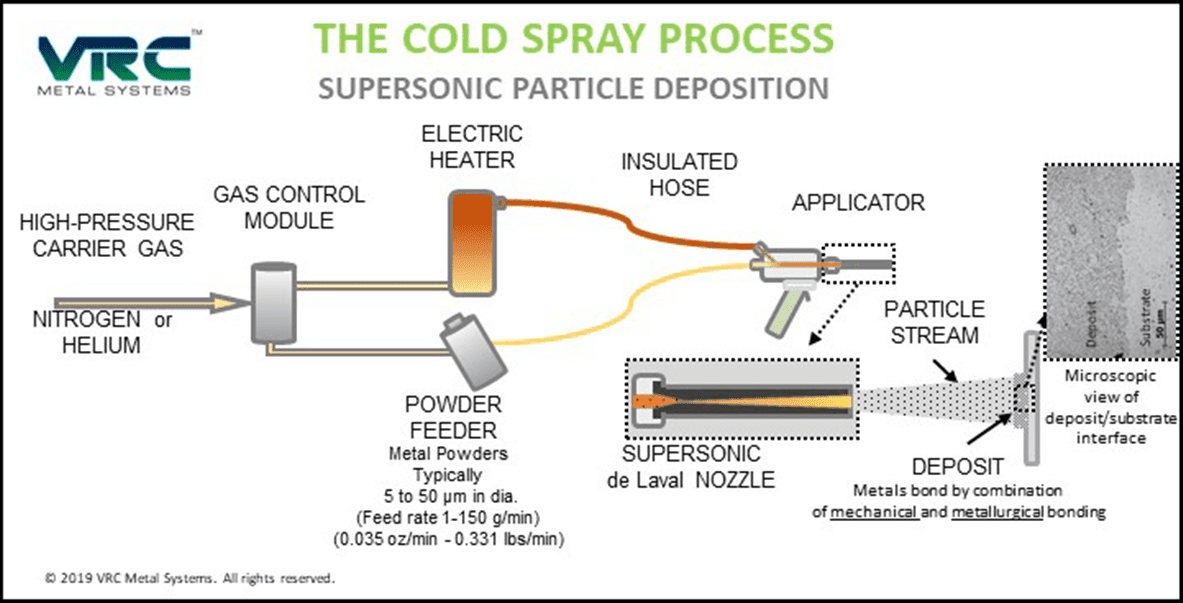
Cold spray can create mixtures of metallic and nonmetallic particulates to form a coating or freestanding structure by means of ballistic impingement upon a substrate. The cold spray process is applicable to corrosion-resistant coatings (zinc and aluminum), dimensional restoration and repair (nickel, stainless steel, titanium, and aluminum), wear-resistant coatings (chromium carbide – nickel chromium, tungsten carbide – cobalt, and tungsten copper), electromagnetic interference (EMI) shielding of components and structures, high strength dissimilar material coatings for unique manufacturing solutions, and field repair of components and systems.
Benefits of Cold Spray
There are many benefits to using cold spray in lieu of thermal sprays, including:
- Very low heat input with no “heat-affected zone”
- Structural properties can be achieved
- No real limit on deposition thickness
- High deposit efficiency typically > 80%
- Bond strengths > 10 ksi [68 MPa]
- Coating Strengths > 40 ksi [275 MPa]
- Porosity commonly < 1%
- Powder microstructure and properties are preserved
- No oxide formation, alloy decomposition, combustion product entrapment
- Compressive residual stresses in coating, rather than tensile
How Cold Spray Works
Microstructural Observations
Cold spray presents some fascinating microstructural characteristics:
- Because the process occurs rapidly (<1 sec), there is virtually no time for particle oxidation or phase transformation, even if using air as the carrier gas, or exposing the particle to high temperatures.
- Coatings show signs of true dynamic recrystallization and the formation of nano-grains at particle-particle interfaces.
- Coatings generally have high dislocation density and consequently similar or higher hardness than the base alloy.
- Therefore, coatings also generally have much lower ductility than the base metal, however, high pressure cold spray can have ductility of 3-5% or more.
- Cold spray heat input to a substrate can be minimized, and has been shown to create no measurable heat affected zone (HAZ) in substrates of aluminum alloys like 7075.
Physics and Metallurgy

Cold Spray Materials
Aluminum Alloys
Al 6061
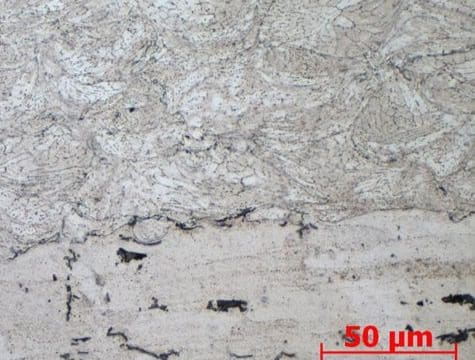
Al 7075
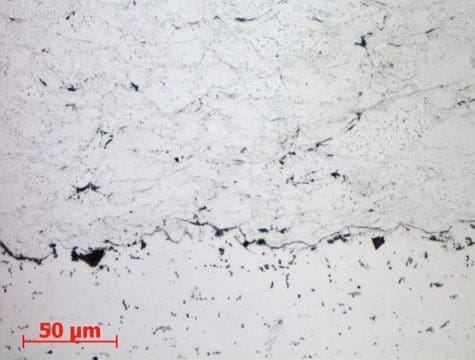
Al 2024
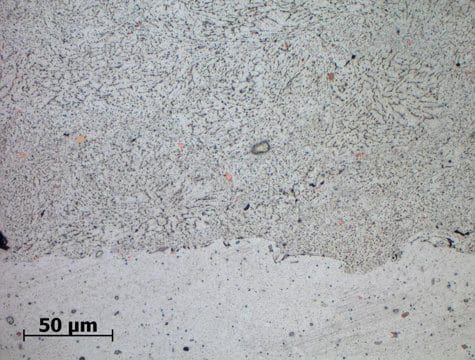
Steel Alloys
SS316
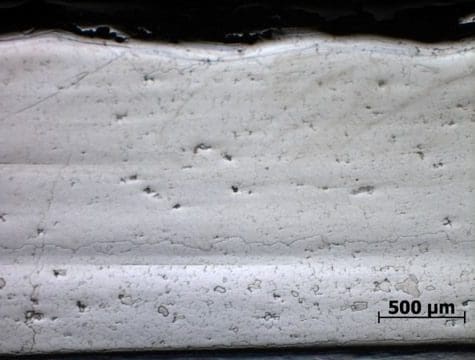
4340
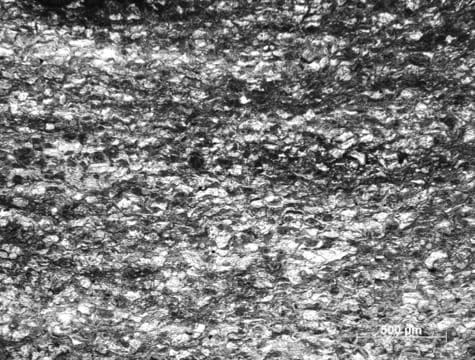
M300
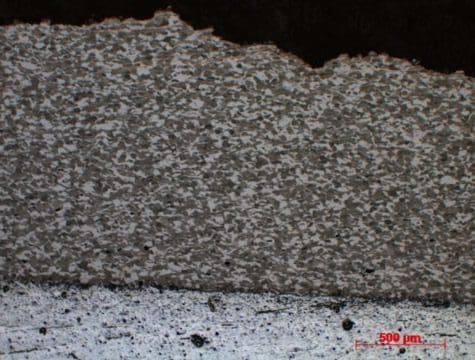
Copper Alloys
CP Cu
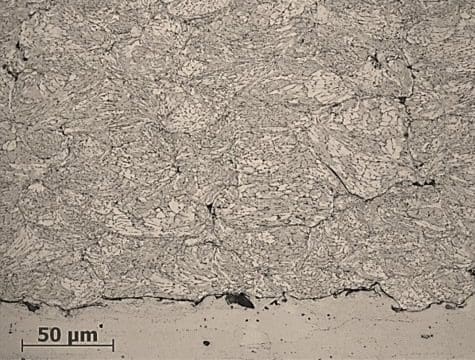
DT 31
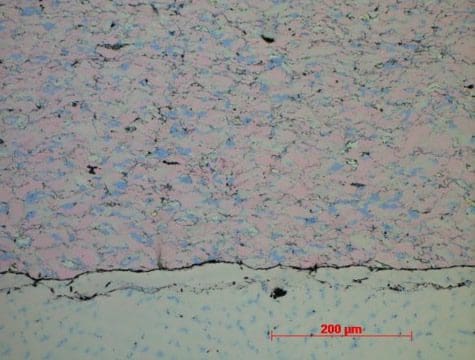
500A Cu
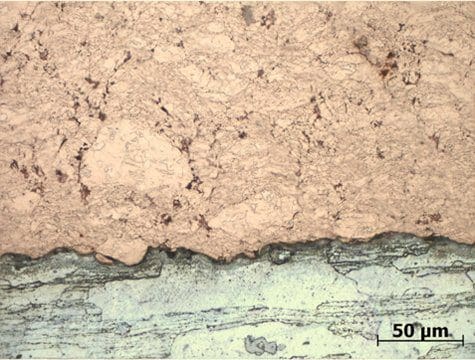
Other Materials and Alloys
CP Ni
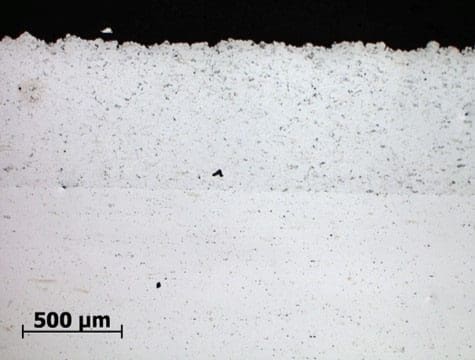
CP Ti
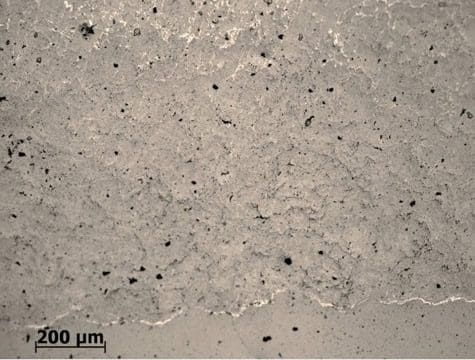
316 SS + CrC

Adhesion strength > 10 ksi [68 MPa]
High strengths > 100 ksi [689 MPa]
Hardness: 407 HV
Ti + BAM
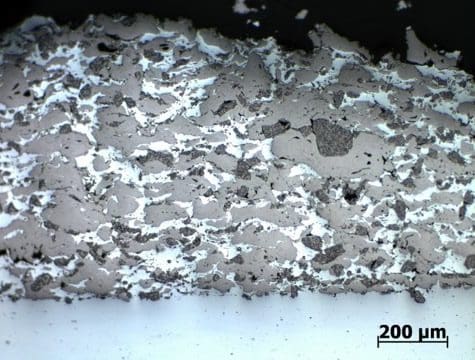
Cold Spray vs. Thermal Spray
Cold spray is in the family of thermal spray processes; however, it has the lowest overall temperatures and highest velocities of the thermal spray family. As a result, cold spray coatings are deposited in the solid state and possess the highest strengths of any thermal spray process.
Cold spray coatings can generally retain bulk powder microstructure except in regions of extreme plastic deformation at particle boundaries, where dynamic recrystallization can occur resulting in a submicron grain structure and high levels of particle-particle bonding, and it does not increase the oxide content in the coating over the base oxygen level present in the starting powder. Because it is a solid-state process, the coatings are in a generally compressive, rather than tensile, residual stress state. This can have a positive impact on fatigue and mechanical strength of the coating.
Benefits of Cold Spray vs. Thermal Spray
- No heat affected zone
- No oxidation of cold spray materials
- Higher strength coatings for most metal alloys
- No intermetallic formation for dissimilar metal coatings
- No limit on deposition thickness
- Minimal masking requirement due to focused particle spray path
- No toxic fumes
- Precise gas temperature control
- Hand operable
What is Cold Spray Useful For?
variety of industrial applications, including:
- Aerospace
- Maritime
- Automotive
- Heavy Equipment
- Military
- Energy


